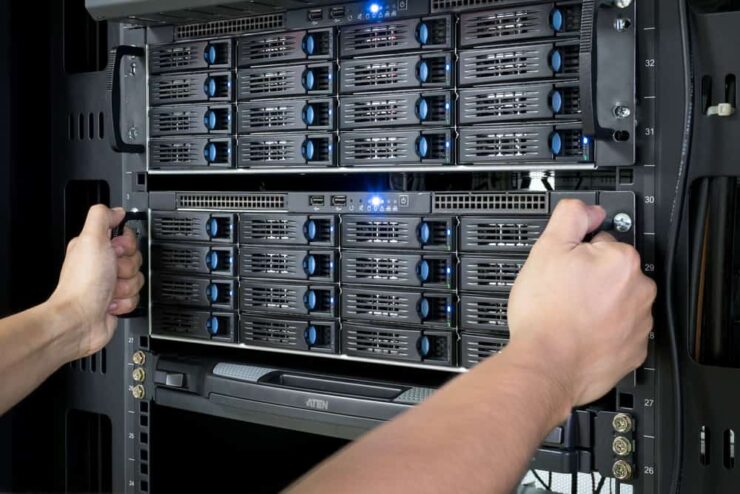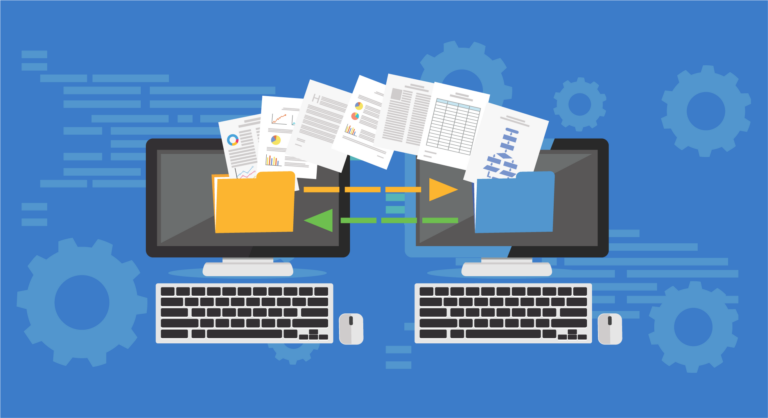Everybody nowadays has data that they want to be able to protect and preserve, whether its photos, videos and music; sensitive info such as passport details or bank details; or professional work such as invoices, expense reports, etc. It could be potentially catastrophic to lose data, and if you don’t have a decent storage solution in place, then you risk doing just that. If you speak to any tech company – such as TechQuarters, who provide managed services to businesses in London – they will tell you to backup your data, and to never rely solely on your devices’ internal storage.
Protecting Data
There are lots of situations where you might want to have backups of your data. Say you are purchasing a new computer, and you want to move all your data from the old device over to the new one – this would go much easier if you have all your data stored on a drive; or even if you keep your data in the Cloud instead of locally.
Equally, you might need to move data to a different device due to unforeseen circumstances – such as if you break your machine, or it gets stolen.
Luckily, there are lots of different ways in which you can keep your data backed up and protected. Having a second copy of all of your data is always a good idea. Depending on your preferences, there are a few different options for storing data – whether you’re looking for flexibility, convenience, or redundancy, you should look into a different form of storage. Price is also an important factor – there are some forms of storage that are much cheaper than others, but for price you might have to sacrifice some other qualities.

Here are 3 viable options for data backup and storage that are worth considering.
1. Direct Attached Storage (DAS)
While the name may not be familiar to a lot of people, Direct Attached Storage (sometimes known as DAS) is a type of storage that anyone who uses a computer will be familiar with – as a matter of fact, all computers contain Direct Attached Storage. DAS is simply any form of storage that needs to be attached directly to the device that is accessing it – that’s why we say that the hard drive that is built into your laptop is DAS. Other examples of Direct Attached Storage might be an external hard drive, or a flash drive, that connects to a PC via USB.
There are a number of benefits of DAS. For starters, it is one of the cheapest forms of storage, and it also offers high speed data transfer (due to it using hardwire connection). Pricing for DAS continues to trend downward, even as storage capacities and read/write speeds continue to trend upward.
The only disadvantage of DAS is that it is not the most sharable form of storage. However, if you are using it as a form of backup, or a means of protecting sensitive data, then this will not be a big issue.
2. Network Attached Storage (NAS)
While DAS requires a hardwire connection to work, Network Attached Storage (NAS) is the exact opposite. It may sound like a complicated form of technology, but really it comes down to simply being a form of storage that is connected to some form of network – which could be your Wi-Fi. A Network Attached Storage solution has 3 main components to it:

Firstly, the device must have the technology to be able to connect to the internet, and also to a local area network (a common example of a LAN is a home Wi-Fi setup). The second thing is, of course, the storage attached to the device – this is usually in the form of one or more hard drives connected to one another. The third and final component of a NAS device is the way that the hard drives are configured – normally, the hard drives are configured as a redundant array of independent disks (RAID), which is a very secure form of data storage. This form of storage can be accessed wirelessly by device on the same network as the NAS device.
There are a number of advantages to NAS technology. For starters, it is more flexible and sharable than a storage solution that requires a direct connection. It is especially good for collaboration. In the context of an office, a NAS device can enable multiple users to share a file without having to create copies and duplicates – they will all be able to access data on the shared NAS drive.
It is worth noting that performance can sometimes be an issue with NAS. To guarantee high performance, a significant investment will be required.
3. Cloud Storage
This is a form of storage that the vast majority of people nowadays will be familiar with. Most people have some degree of Cloud storage on their phones, and the technology is used heavily by social media platforms. A Cloud is comprised of one or more datacentres whose infrastructure bear some similarity with a NAS device – the datacentres have a storage array, and they have internet connectivity, as well as a number of other hardware components. Cloud Infrastructure requires the storage and any other compute resources be virtualise and turned into logical pools that reside over a network. In this way, users don’t actually store their data in the datacentres – their data is being stored over a network.

The primary advantage of Cloud Storage is that it is completely remote. This means that you can be anywhere in the world, connected to any network, and you will be able to access your data from the Cloud. This is useful for businesses who have remote workers, and it is also useful for individual users. For instance, if your local device (such as your laptop or desktop PC) crashes in the middle of work, or even if the device gets written off entirely, you might risk losing the data stored on it forever. But, if you were using the Cloud to host your personal files and data, then you would easily be able to restore your data onto another device.

